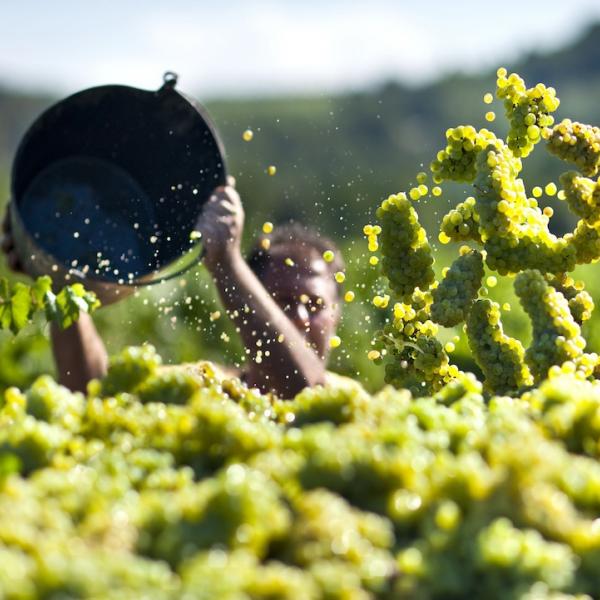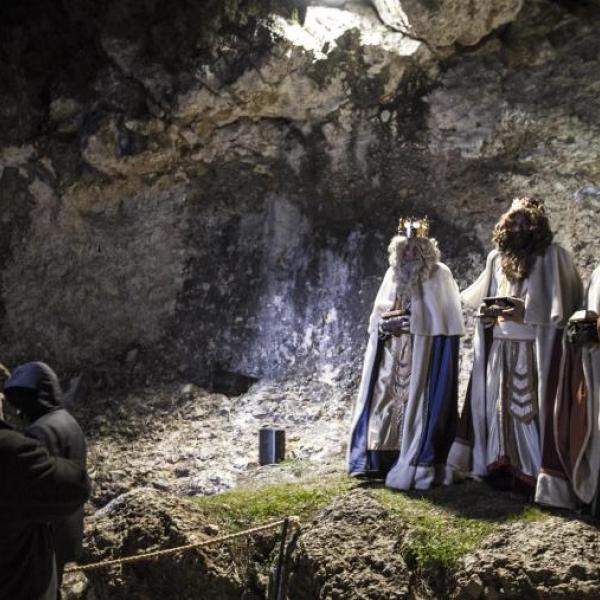Muleteer’s Museum
For centuries, muleteers constituted one of the most important elements of economic activity in the area. They enabled the exchange of goods and information between farmhouses, towns and cities whose inhabitants remained firmly anchored to their immediate surroundings.
With the onset of technological developments triggered by the Industrial Revolution, the 20th century saw the gradual replacement of beasts of burden by the steam train, while the muleteer gradually mutated into what is known today as a carrier.
Increased speed and load capacity, along with the development of concepts of public health in increasingly populated urban areas, led to the disappearance of muleteers from towns and cities, although their cultural legacy has been preserved, for example in the festival of the Tres Tombs, when horses, mules, carts and carriages etc. parade around the city three times.
The Muleteer’s Museum – Antoni Ros Collection explains the evolution of the transport of goods and people using beasts of burden, while also showing the relationship between the various trades that enabled the development of muleteering in Catalonia.
The Antoni Ros Collection includes an extensive range of tools and utensils related to these trades, along with an impressive display of carts, carriages, saddles and bridles, making it a veritable museum of the arts and trades applied to the world of transport in Modern Catalonia.
Contact
Traginers 5
08700
Spain























































